
When a piezoelectric body is subjected to a force in the direction of a specific crystal axis, an electric charge proportional to the force is generated on the crystal surface. This phenomenon, which was discovered in 1880 by the brothers of Pierre Curie and Jack Curie, is called the piezoelectric effect.
Piezoelectric sensors are widely used for measuring loads, strains, torques, pressures, vibrations, and AE.
Compared with the strain gauge type sensor, the piezoelectric type sensor is superior in terms of rigidity, response, noise resistance, life, etc. On the other hand, piezoelectric sensors that integrate the differential signal obtained from the sensor with a charge amplifier to measure the amount of force and strain cause slight time-related drift. For this reason, strain gauge type sensors are more suitable for long-term measurements such as static loads. Depending on the application, piezoelectric sensors and strain gauge sensors must be used separately.
Utilizing the features of piezoelectric sensors, they are used to monitor and control processes such as plastic working, cutting and grinding, and joining. In addition, it is used for product inspections to judge whether the product is good or bad by measuring the reaction force of the switch or spring and the insertion/extraction force of the connector.
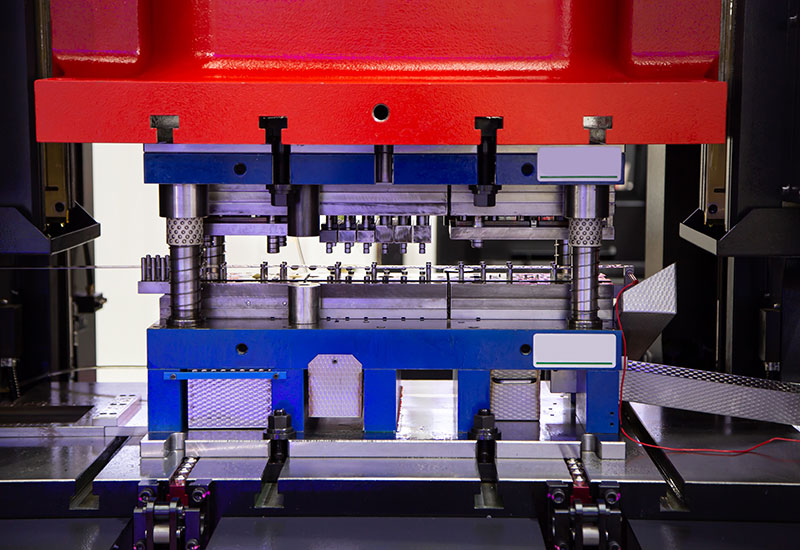
Press working
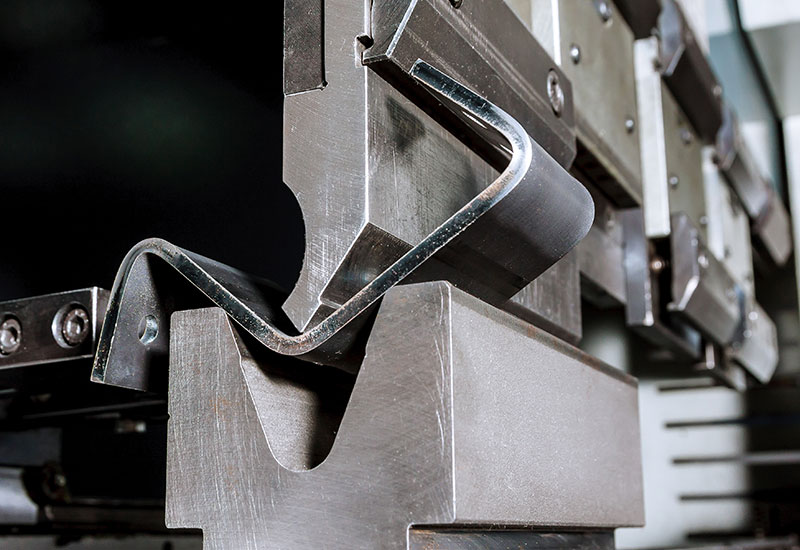
Bending
Other drilling, deep drawing, etc.

Turning
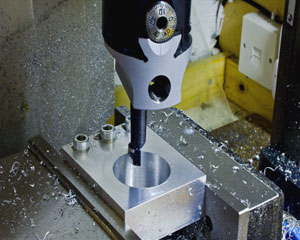
Milling
Other drilling, grinding, etc.

Terminal crimping

Riveted
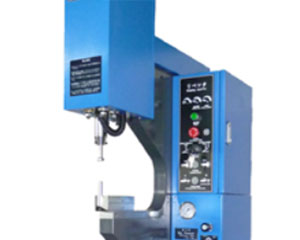
Press-fit
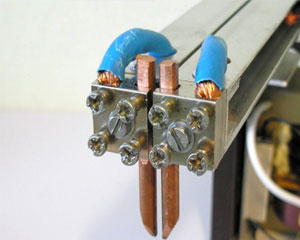
Spot welding
Other bonding, caulking, etc.
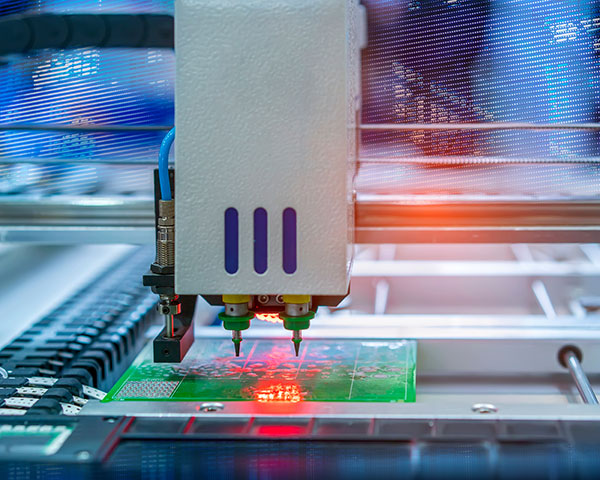
Chip Mounting

Spring reaction test
Other switch inspection, insertion/extraction force inspection, etc.
Piezoelectric bodies used for load sensors use artificial quartz (Fig. 1). Only when a force is applied in the X-axis direction, a polarization proportional to the force appears for a short time and charges are generated on the crystal surface. Using this characteristic, the X-cut measuring element of a cylindrical thin plate that reacts only in the X-axis perpendicular direction is cut out (Fig. 2).
A phenomenon in which a compressive force or a tensile force is applied in the X-axis direction to cause an electric charge on the crystal surface is called a longitudinal effect (Fig. 3).
(Fig. 4) shows the cross section of the sensor that uses the X-cut measuring element and measures the load. In order to be able to measure the compressive and tensile forces with this sensor, the sensor must be sandwiched between the two members, and the sensor must be preloaded with a greater value than the tensile force measured by a bolt through the hole in the center of the sensor.
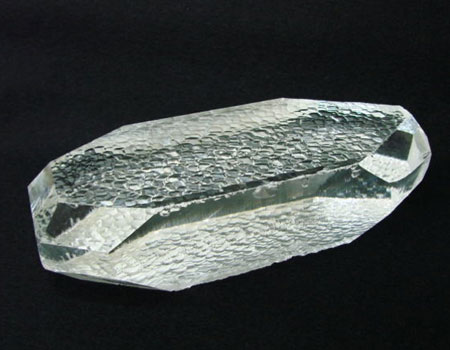
(Fig. 1) Populated quartz

(Fig. 2) Cutting out X-cut measuring element
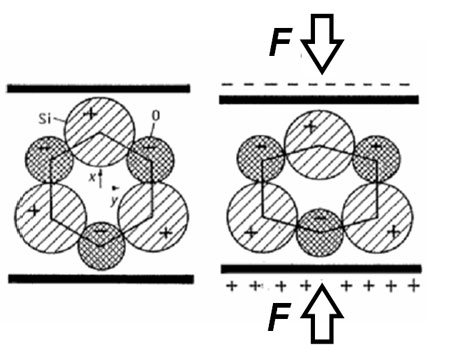
(Fig. 3) Vertical effect
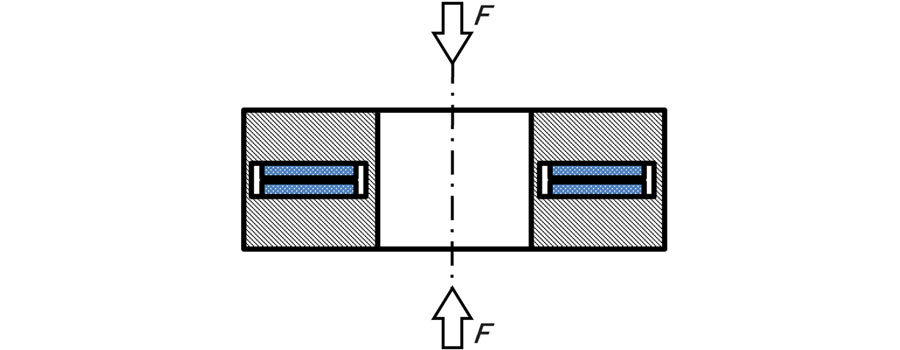
(Fig. 4) Compressive force (load) measurement sensor
The piezoelectric material used for the strain sensor is ceramic (lead zirconate titanate) (Fig. 1). Since the amount of electric charge generated is higher than that of artificial quartz, high output can be obtained even with small changes.
The Y-cut measuring element cut out with respect to the Y-axis vertical direction (Fig. 2) generates charge on the crystal surface when subjected to shearing force in the X-axis direction (Fig. 3). This phenomenon is called the shearing effect.
(Fig. 4) is a sensor that measures the amount of strain on the surface mounted using the Y-cut measuring element. A protrusion is provided on the mounting surface (lower side) of the sensor, and these protrusions must be brought into close contact with the surface of the object to be measured with a constant preload by bolts passing through the hole of the sensor. When the surface of the measured object is distorted, a proportional shearing force is generated in the Y-cut measuring element built inside the protruding part, and the amount of distortion can be measured.
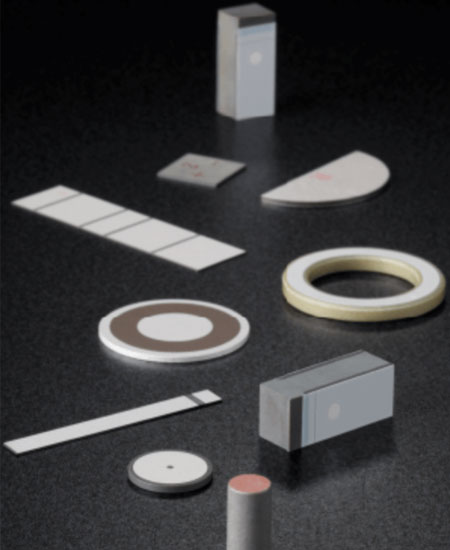
(Fig. 1) Piezoelectric ceramic

(Fig. 2) Cutting out Y-cut measuring element

(Fig. 3) Shearing effect
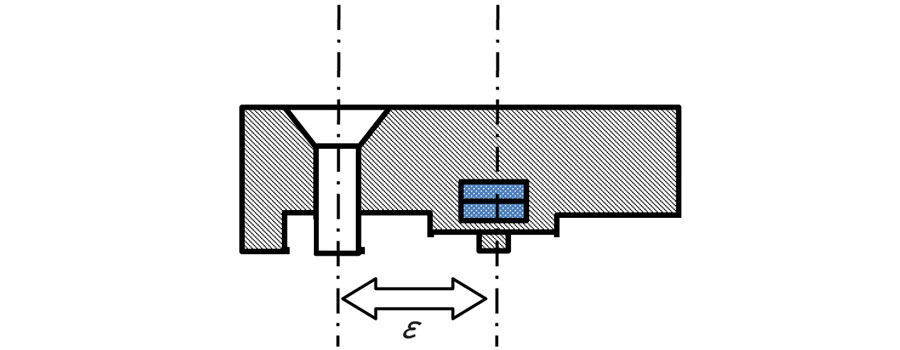
(Fig. 4) Strain measurement sensor
Contact Form
Contact us by TEL
+81-49-242-9184(Mon - Fri, 9:00am -6:00pm)
Contact us by FAX
+81-49-242-3190
Business Day Calendar
| Sun | Mon | Tue | Wed | Thu | Fri | Sat | ||||||||||||||
|---|---|---|---|---|---|---|---|---|---|---|---|---|---|---|---|---|---|---|---|---|
| ||||||||||||||||||||
| ||||||||||||||||||||
| ||||||||||||||||||||
| ||||||||||||||||||||
| ||||||||||||||||||||
Business holiday